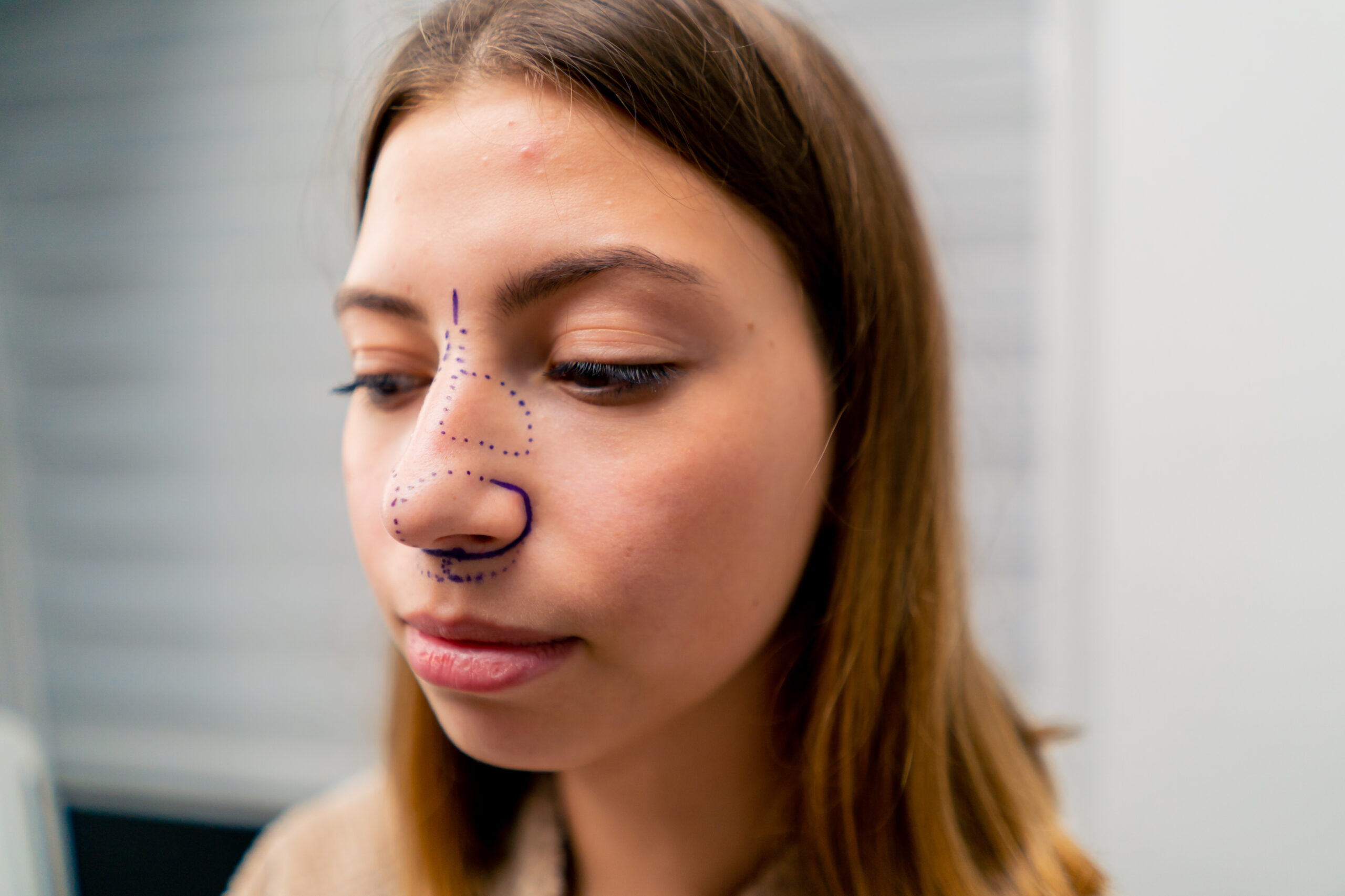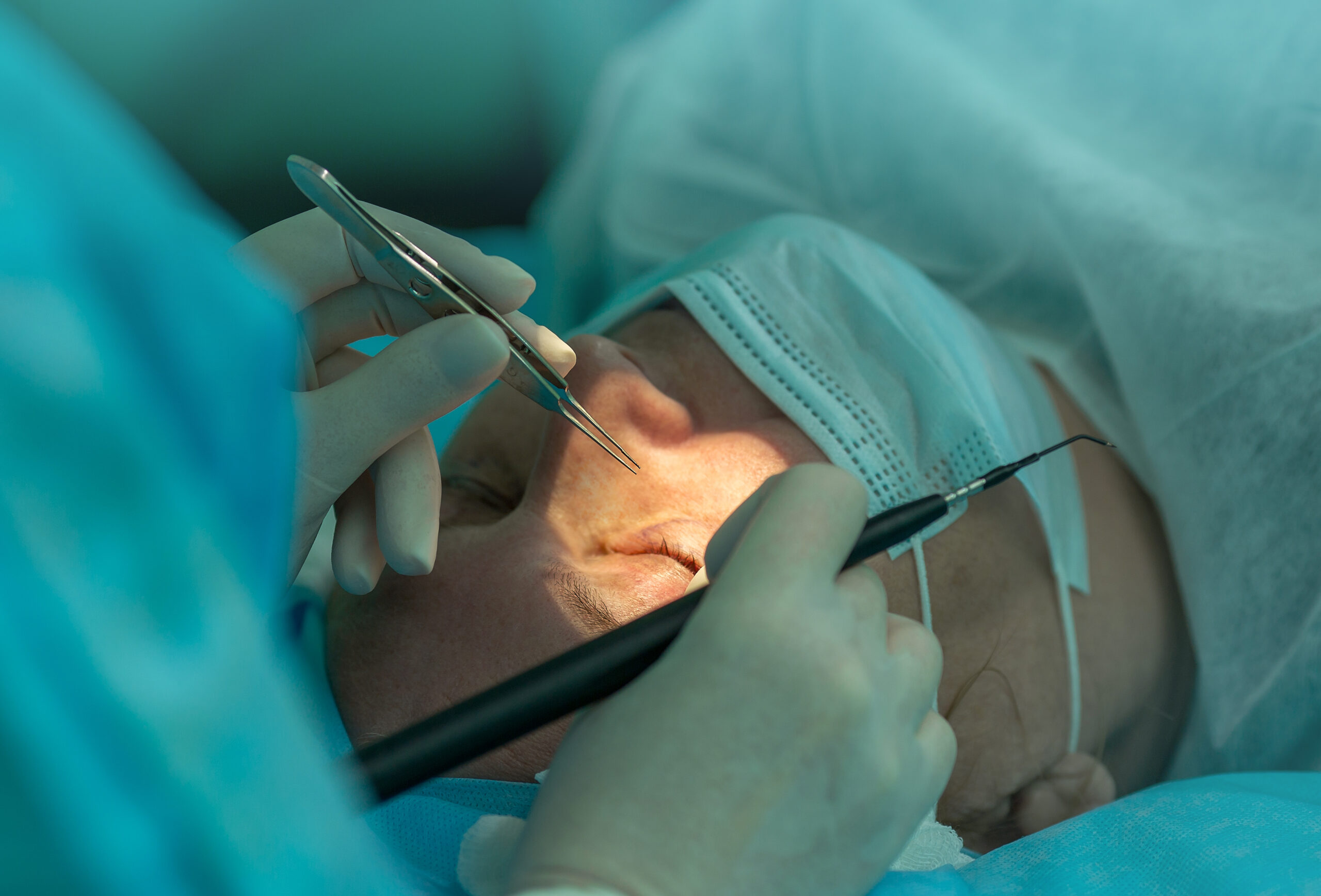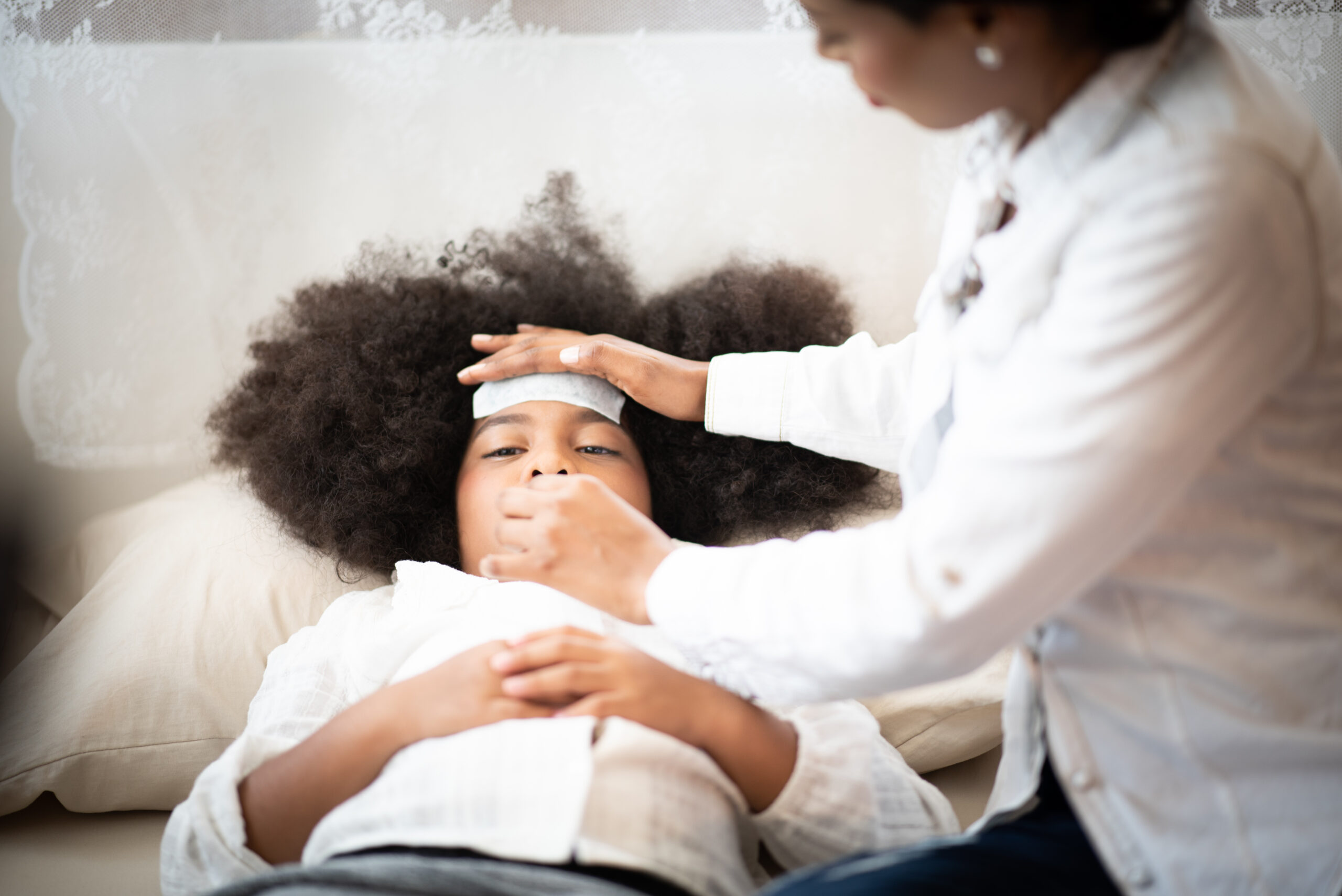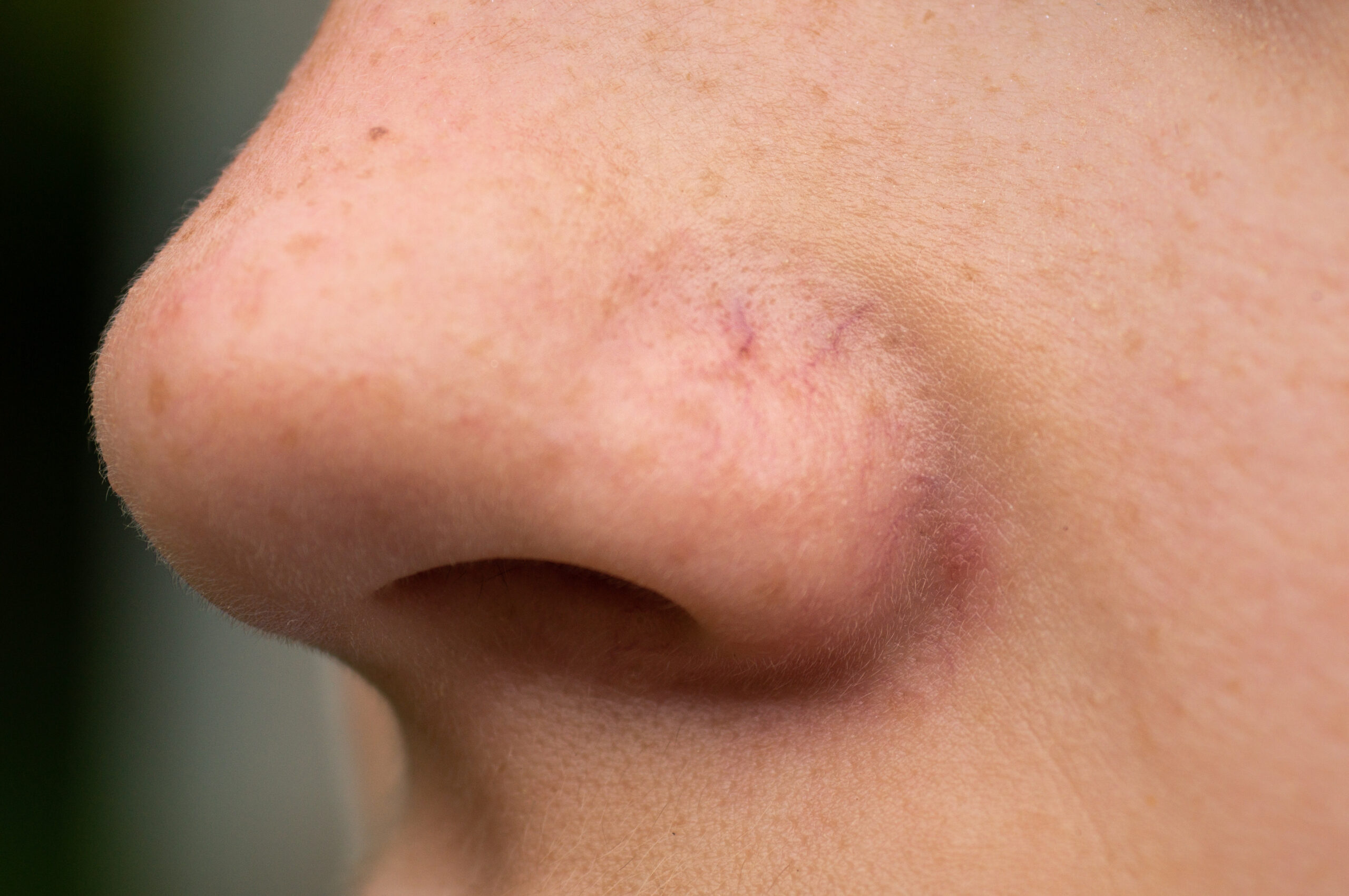Best Rhinoplasty Surgery Guide: Techniques & Recovery Tips
Best Rhinoplasty Surgery Guide Introduction:
Considering rhinoplasty but unsure about the best techniques or recovery process? Whether you're aiming to refine your appearance or correct breathing issues, rhinoplasty offers a world of possibilities. But the journey to a successful nose job involves more than just choosing a surgeon. In this guide, we’ll dive into the essential techniques and recovery tips that can transform your rhinoplasty experience, ensuring both aesthetic and functional benefits. Read on to the best rhinoplasty surgery guide to discover how to prepare, what to expect, and how to recover smoothly from this transformative procedure.
Best Rhinoplasty Surgery Guide: Key Takeaways
- Rhinoplasty can reshape the nose for both aesthetic and functional improvements.
- Different techniques include open, closed, ethnic, and revision rhinoplasty.
- Choosing the right surgeon is crucial for a successful outcome.
- Proper pre-surgery preparation and post-surgery care can enhance recovery.
- Understanding the risks and complications helps in making informed decisions.

Overview of Rhinoplasty Surgery
Rhinoplasty, commonly known as a nose job, is a surgical procedure designed to change the shape of the nose for cosmetic or functional reasons. Whether you're looking to enhance your appearance or improve breathing, rhinoplasty can provide a solution tailored to your needs.
Who Can Benefit from Rhinoplasty?
Rhinoplasty is not only for those seeking aesthetic improvements. It can also benefit individuals with functional issues like breathing difficulties. Ideal candidates include:
- People unhappy with the size or shape of their nose
- Individuals with breathing problems due to structural issues
- Those who have experienced nasal trauma or injury
- People with congenital nasal deformities
Different Techniques in Rhinoplasty
Open Rhinoplasty
Open rhinoplasty involves an incision on the columella (the tissue between the nostrils), allowing the surgeon a full view of the nasal anatomy. This technique is often used in complex cases that require precise adjustments.
Closed Rhinoplasty
In closed rhinoplasty (endonasal rhinoplasty), the incisions are made inside the nostrils, leaving no visible scars. This method is typically used for less complex procedures and has a shorter recovery time compared to open rhinoplasty.
Ethnic Rhinoplasty
Ethnic rhinoplasty is customized to maintain the natural characteristics of the patient’s ethnicity while achieving desired improvements. It requires a surgeon experienced in various techniques to ensure a harmonious outcome.
Revision Rhinoplasty
This procedure is for patients who are unsatisfied with a previous rhinoplasty. Revision rhinoplasty can be more complex due to the presence of scar tissue and altered nasal anatomy, making it essential to choose a highly experienced surgeon.

Preparing for Rhinoplasty Surgery
Finding the Right Surgeon
Choosing a board-certified plastic surgeon with extensive experience is crucial. Reviewing before-and-after photos and patient reviews can help you gauge the surgeon's expertise.
Initial Consultation
During your consultation, the surgeon will assess your nasal structure and discuss your goals. This is your opportunity to ask questions and understand the recommended techniques.
Pre-Surgery Instructions
Follow all pre-surgery instructions carefully. These may include:
- Avoiding medications that increase bleeding
- Quitting smoking to improve healing
- Arranging transportation for after the surgery
- Fasting for a specific period
The Procedure: Steps and Techniques
Rhinoplasty typically involves several key steps:
- Anesthesia: Administered for comfort, either general or local with sedation.
- Incisions: Made according to the chosen technique (open or closed).
- Reshaping: The surgeon reshapes nasal bones and cartilage, sometimes adding or removing tissue.
- Deviated Septum Correction: If present, the septum is straightened to improve breathing.
- Closing Incisions: Sutures are applied once the desired shape is achieved.
- Recovery: Bandages are applied, and the patient is monitored post-surgery.
Recovery Process and Tips
First 48 Hours:
Swelling and bruising are common. To manage this:
- Keep your head elevated.
- Apply cold compresses.
- Avoid blowing your nose.
- Take prescribed pain medications.
First Week:
Swelling begins to subside, but continue to:
- Sleep with your head elevated.
- Avoid strenuous activities.
- Follow a soft diet.
- Attend follow-up appointments.
Weeks 2-4:
Most swelling and bruising will have reduced. However, continue to avoid heavy lifting or strenuous exercise. Protect your nose from the sun with sunscreen, and consult your surgeon about wearing glasses.
Long-Term Healing:
Rhinoplasty recovery is gradual, with final results often visible up to a year post-surgery. Regular follow-up appointments ensure the best outcome.

Managing Pain and Swelling
Effective strategies for managing pain and swelling include:
- Taking prescribed medications
- Applying cold compresses
- Staying hydrated
- Resting sufficiently
Risks and Complications
As with any surgery, rhinoplasty carries risks such as infection, bleeding, scarring, or difficulty breathing. It’s essential to contact your surgeon if you experience excessive bleeding, severe pain, or signs of infection.
Conclusion
Rhinoplasty is a transformative procedure, both aesthetically and functionally. By understanding the available techniques, preparing well, and following recovery tips, you can ensure a smooth experience and enjoy enhanced confidence.
Frequently Asked Questions (FAQ)
What can I expect during recovery?
You will experience swelling, bruising, and discomfort. Following your surgeon’s instructions is crucial to a smooth recovery.
How painful is rhinoplasty recovery?
Discomfort is expected, but most patients find it manageable with prescribed medications.
When can I return to normal activities?
Light activities can typically resume within a week, but strenuous activities should be avoided for 6 weeks.
Will there be visible scars?
Closed rhinoplasty leaves no visible scars. In open rhinoplasty, a small scar on the columella usually fades over time.

TSS:
ACT NOW! GET A FREE CONSULTATION - TODAY ONLY!
CALL US NOW TO LEARN MORE ABOUT HOW A BROKEN NOSE IS REPAIRED BY A PLASTIC SURGEON! 346-413-9313
Don’t miss this exclusive opportunity to get expert advice and begin your journey towards a new, confident you. Texas Sinus and Snoring's dedicated team is ready to help you achieve the results you've always wanted. Contact us today to schedule your free consultation and take the first step towards a better, more confident you!
